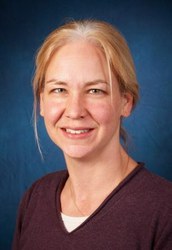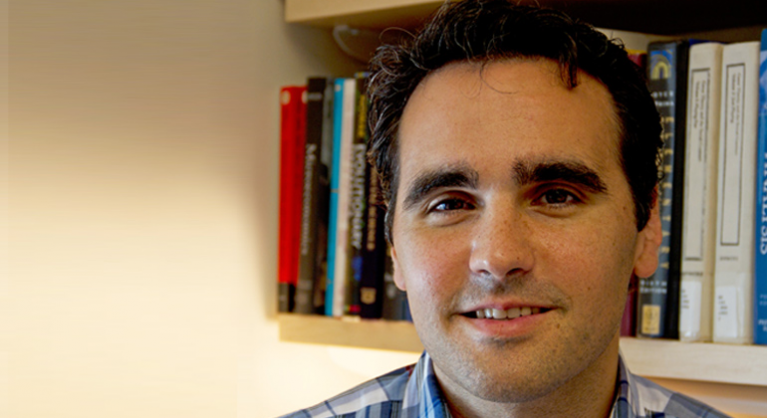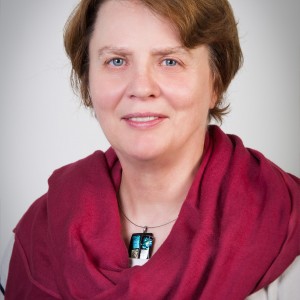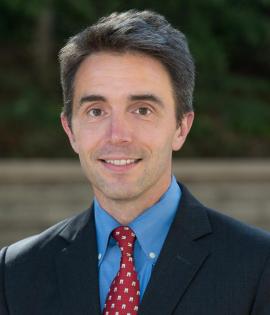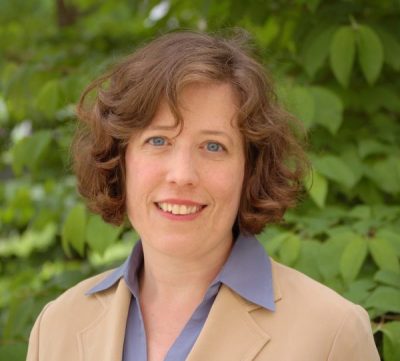Jennifer Van Hook, Penn State
CCPR Seminar Room 4240 Public Affairs Building, Los Angeles, CA, United States“Exposure to the United States and Healthy Eating Among U.S. Immigrants:
A Life Course Perspective on Immigrant Health”
ABSTRACT
The negative acculturation perspective predicts that immigrants’ health advantages erode with increasing exposure to the U.S. due to the adoption of the unhealthy default American lifestyle. Focusing on diet, we argue that this perspective underestimates immigrants’ abilities to maintain healthy eating patterns, especially among adult immigrant arrivals, and fails to account for how migration during childhood can disrupt important developmental processes. We advance an alternative “life course perspective on immigrant health” and present evidence for it by examining the associations of age at arrival and duration of residence with healthy eating among adult immigrants. Our results suggest that earlier age at arrival is negatively associated with healthy eating and that duration of residence has a weak but positive association with healthy eating, especially among those who arrived as adults. The results call into question notions that emphasize a steady erosion of healthy eating with time and acculturation. Instead, they support the life course perspective and point to the importance of early childhood exposures for understanding how living in the U.S. influences healthy eating among immigrants.

